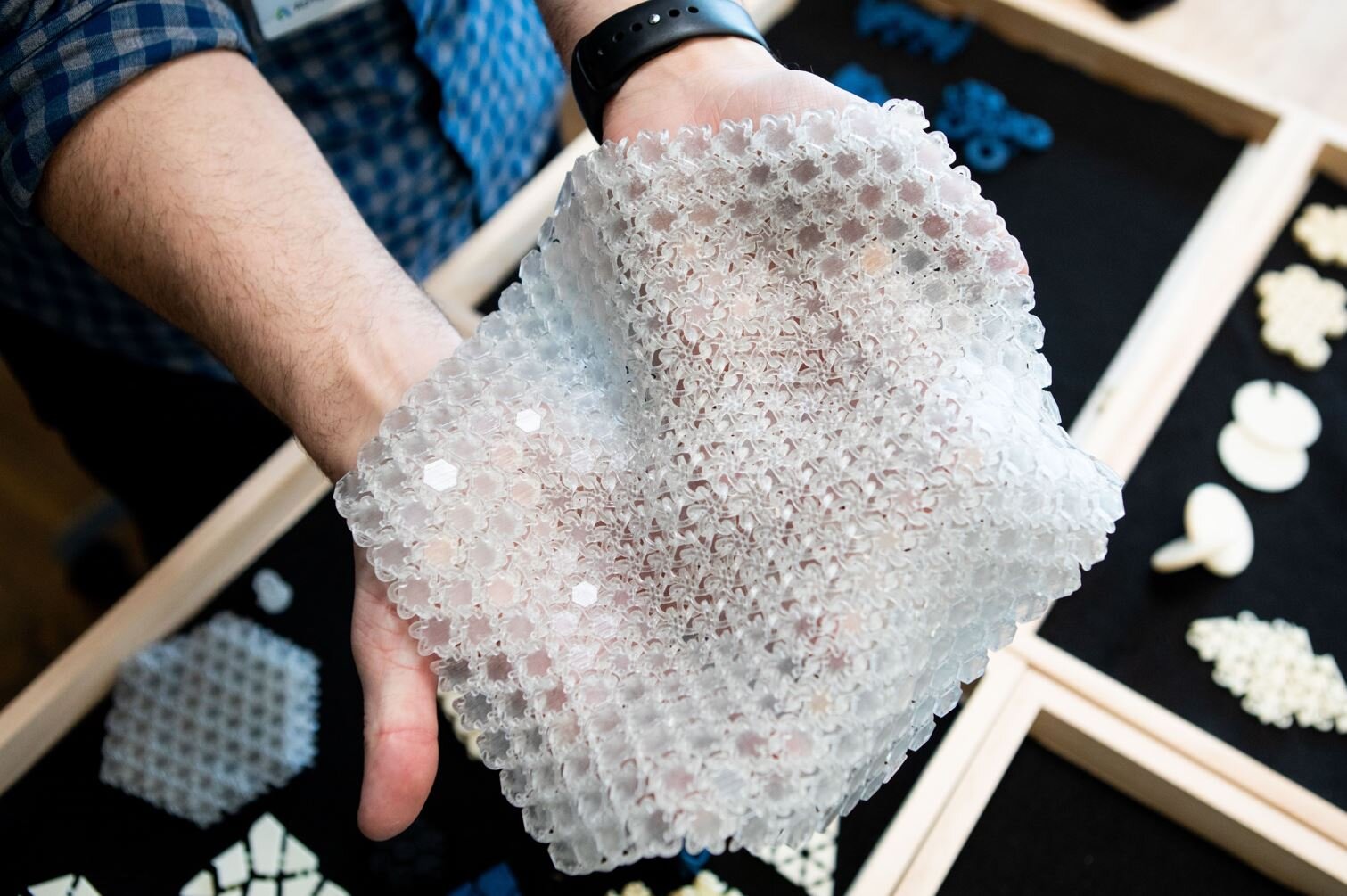Forget everything you thought you knew about how clothes are made. The future of fashion isn’t stitched together with thread, it’s built layer by layer, streaming from a nozzle, in a sleek, humming machine. 3D printing is stepping out of the lab and onto the runway, bringing a radical shift in how we design, produce, and even wear clothes.
While the tech might sound niche, designers like Iris Van Herpen (Instagram) and Julia Koerner (Instagram) have already proven that 3D-printed fashion isn’t just wearable; it’s art in motion. But this isn’t just about high fashion or experimental design. The implications of 3D printing go far beyond couture. We’re talking mass customisation, zero-waste production, and materials that defy the boundaries of traditional fabric.

For decades, fashion was boxed in by material limitations. Certain silhouettes were impossible, details too intricate, or structures too delicate to hold. 3D printing tears up that rulebook. Designers can now create garments with architectural precision, intricate latticework, and complex interlocking forms, all with materials that range from flexible polymers to biodegradable filaments.
This means creativity is no longer about working around limitations. It’s about designing with complete freedom, digitally sculpting garments as if they were solid objects rather than sewing pieces of fabric together. Think of it as the fashion equivalent of printing dreams.
And, one of the fashion industry’s ugliest truths? Waste. Tons of textiles end up in landfills every year. But 3D printing offers a cleaner, smarter path. Because garments are made directly from digital files, there’s zero leftover fabric. No scraps. No cut-offs. Just exact-to-spec pieces, printed only when needed.

Even better, many of the materials used in 3D printing are recyclable or biodegradable. Some innovators are even working with algae-based filaments and recycled plastic bottles, turning waste into wardrobe essentials. It’s a circular dream that could close one of fashion’s dirtiest loops.
We’re still in the early chapters of this story. But as the tech becomes more accessible and materials improve, expect to see 3D fashion printing move from high-concept to high street. Imagine scanning your body at home and printing the perfect-fit outfit in your living room. The possibilities are endless and finally, they’re sustainable too.
In a world that’s asking fashion to be smarter, faster, and cleaner, 3D printing isn’t just a trend. It’s a revolution.
For more stories of fashion, visit our dedicated archives and stay across our Instagram.